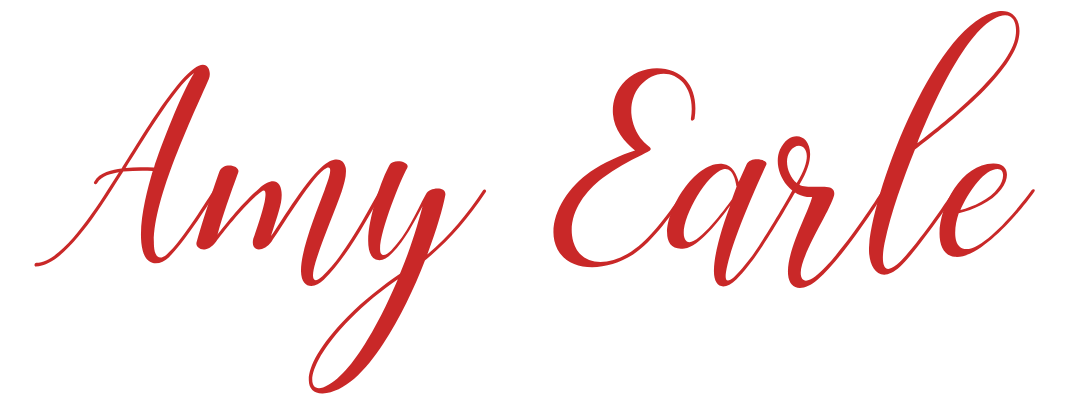Homeschooling: Our History Part 2
Originally written in early 2009
While talking about homeschooling, I mentioned that I was nodding my head in agreement while I read A Thomas Jefferson Education: Teaching A Generation of Leaders For the Twenty-First Century. {Hereafter referred to as TJEd} One of the points that brought on the bobble-head effect:
Chapter Three: Three Systems of Schooling. Lots of bobbling here. Humor me while I quote a story from the chapter.
“On the first day of school, the little boy waved to his mother and turned to run down the bright hallway to class. His teacher smiled and pointed out his desk. “This is going to be great,” he thought. “I love to learn new things.” After a few fun stories, the teacher handed out crayons and paper and announced that it was time to draw a picture. The little boy enthusiastically grabbed the crayons and began to imagine all the things he could draw: mountains, lakes, airplanes, his family, his dog, the ocean, the stars at night…
Hundreds of ideas raced through his creative little mind.
His teacher, seeing that he had started drawing, stopped him and said that today the class would be drawing flowers. The boy’s mind again ran wild: daisies, daffodils, roses, carnations, violets, lilacs, pansies, mixed bouquets, green gardens full of rainbows of colors…
The teacher again interrupted, informing the class that today they would be drawing a certain kind of flower.
Taking colored chalk, the teacher went to the board and drew a green stem, with two leaves, and four identical pink petals. The little boy, eager to please, dutifully copied her drawing.
After several attempts, his drawing looked exactly like hers. The teacher congratulated him for doing such good work.
As the school year passed, the little boy became a very good student; he learned to listen, obey instructions and get the right answers on tests. His parents were very proud of him, and his teacher was impressed with his excellent progress.
When the next school year arrived, the boy had done so well in his classes that he was enrolled in an accelerated program. During the first week of class, the teacher handed out crayons and paper and announced that it was time to draw a picture. The little boy, still in love with art, enthusiastically picked up his crayons and waited for instructions.
After several minutes the teacher noticed that the little boy wasn’t drawing. “Why haven’t you started?” she asked. “Don’t you like to draw?”
“I love to draw,” responded the little boy, “but I was waiting for you to tell us what the assignment is.”
“Just draw whatever you want,” the teacher smiled and left the little boy to his creativity.
The little boy sat for a long time, watching the minutes tick off the clock and wondering what he should draw. Nothing came to mind.
Finally, in a burst of creative inspiration, he picked up his crayons and began to draw.
A green stem, with two leaves, and four identical pink petals.“
This story started my brain ticking… mostly because I don’t think the author is talking about kindergartners drawing flowers. Here is a little of what followed:
“The story is indicative of an entire generation of American education, which has been called “the cloning of the American mind.” Fortunately, the tragedy is not complete because many parents across the nation are reaffirming their role in educating their children…
In history, and today, there are three major types of schooling:
1. Conveyor Belt education,
which tries to prepare everyone for a job, any job, by teaching them what to think. This includes rudimentary skills designed to fit them to function in society. Most public schools are conveyor belt schools, though there are many excellent teachers in the public system who use leadership methods.
2. Professional education,
from apprenticeship and trade schools to law, medical and MBA programs – which creates specialists by teaching them when to think.
3. Leadership education,
which I call “Thomas Jefferson Education,” teaches students how to think and prepares them to be leaders in their homes and communities, entrepreneurs in business, and statesmen in government.“
Interesting eh? Pages followed which described each type of education in detail. Total A-Ha for me. And I’m not referring to Take On Me.
And then I moved on to Phases of Learning… Mentoring… Classics… Great Teaching… Using Thomas Jefferson Education in Public School {it is possible}…
What’s not to love?
Our History Continues:
A few days after reading TJEd I was enjoying a girl’s night out with some friends {remember Jake was out of town?} . BFF Kim {although not BFF yet} was there. We were driving home together and began talking about homeschooling. I was full of optimism and hope while her emotions mirrored those I had been having a week prior: disheartened, grim, long-suffering… you know the drill.
It’s a common conversation among homeschooling moms. It’s something like, “What the heck am I doing? I have no idea. None. And it’s not working.”
Ummmm… Did I just give away a secret?
We sat in the car and talked, and talked, and talked and stayed up way too late. I chatted up TJEd and promised to lend her a copy. When in her possession, she gulped it down as quick as I had and so the BFF came to be.
We’ve had hundreds and hundreds thousands of conversations about since. About husbands, kids, homeschooling, family, church, politics… life.
{Did I get it right Kim? At least that’s how I remember it.}
